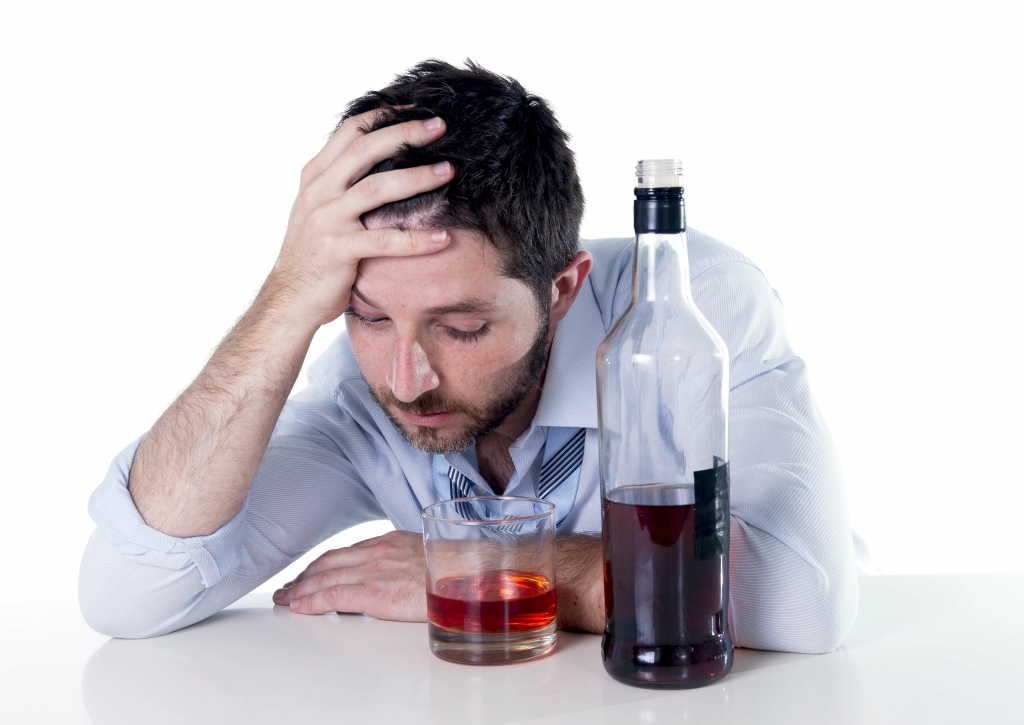It is a problem that some people fight for the rest of their lives. It can sneak its way into your world, grab a hold of things so tight, making you feel drained and burnt out emotionally. Guilt is just another layer on top of a struggle that is big enough on its own. Shame involves the perception of oneself as a failure or feeling unacceptable to others.
Behavioral Effects

The good news is that you can actually detect shame-based thinking as it is happening and redirect your mind to a more self-compassionate place. When shame is really washing over you, it can be hard to divide that experience up into discrete thoughts. It’s worth noting that accessing additional forms of professional and peer support does not mean that an individual’s existing network isn’t valuable. Rather, these additional sources of assistance add extra layers of safety nets that can improve the odds of success during the addiction recovery process.
Addiction and Recovery Educational Blog

Creating goals that you can work toward during your addiction recovery is a great way to increase this though. These goals could be anything from starting a new hobby that you are proud of to make the big step of going back to work. Sometimes feeling that you are being productive or learning a new skill that you have always https://parliamentobserver.com/2024/05/27/top-5-advantages-of-staying-in-a-sober-living-house/ wanted to is enough to increase the feeling of self-worth. As a result of my processing the wrong I committed, I decidethat I will work on being less selfish. I will think of others’ feelings and howthey will be affected by my actions. I make a conscious decision to bettermyself so I don’t commit this wrong again.
The Role of Shame and Guilt in Addiction Recovery
When you stop seeing yourself as your label, as your problem, as your addiction, the shame begins to fall away. Another exercise you can do to face your wrongs is to make alist of what your values are. Examine where your values came from (parents, Sober House other relatives, friends or society) and whichones you want to keep or discard. Then, think about which ones you have actedagainst in your life. Asyou can see, more people can be affected by our actions than we originallyrealize.

Support and Help for Porn Addiction
- Here we review ways to view at guilt and shame in the recovery process.
- Step Four of the 12-Step Program helps you come to terms with past actions that caused others harm in some way.
- However, excessive guilt can become counterproductive and lead to self-blame and low self-esteem.
- Review what you believe is right and wrong to solidify your value system.
We need the wrongdoer to take responsibility for his or her action and we need to know that the wrongdoer feels regret or remorse for having harmed us. If someone else’s porn addiction is interfering with your quality of life or relationship, you may consider seeking support from trusted friends, family, and trained professionals or support groups. Research on how to address an existing porn addiction is lacking. What studies do exist have limitations, meaning it’s hard to draw conclusions about most effective treatments or how to cope.
- The compulsivity model further links the obsession-compulsion to anxiety and distress.
- Furthermore, peer support groups or recovery communities allow you to share your experiences and learn from others.
- Is this the thing that finally unites all the anti-Maggie factions?
So, how does one who has lived a life in addiction combat the feelings of addiction? First and foremost, being able to accurately identify the emotions that you are dealing with will assist in recognizing what actions you will have to take to be able to address the issue. Being able to acknowledge the guilt or shame also allows you to develop a complete understanding of yourself and why you react to certain situations.
